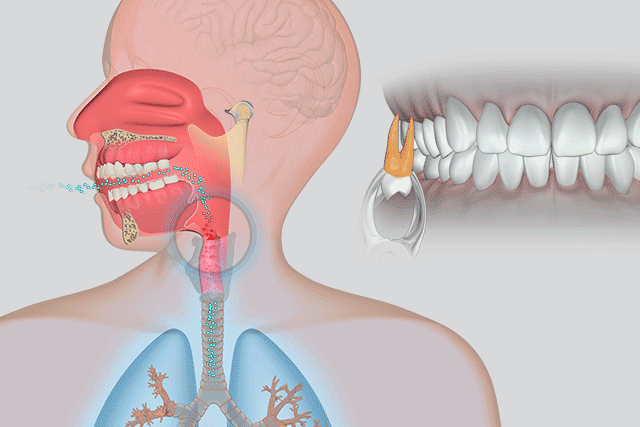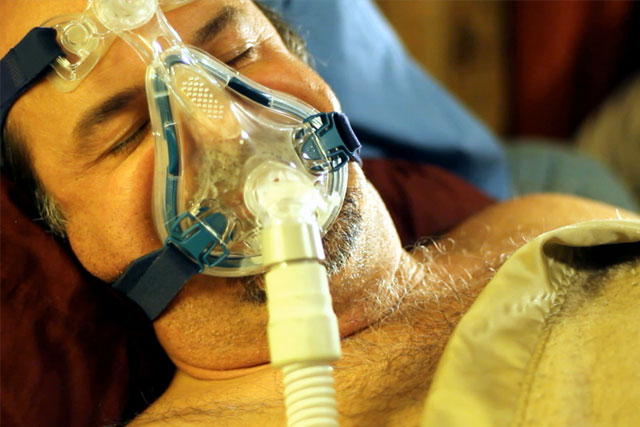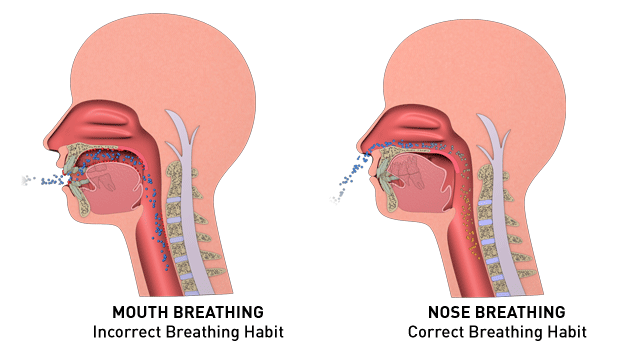IN recent decades the medical and dental professions have become more aware of Sleep Disordered Breathing (SDB) acting as major contributors to a range of health problems.
In addition to having a negative impact on mood, energy levels, ability to regulate stress, behavioural problems and emotional well being, severe sleep disorders, such as obstructive sleep apnoea, have been associated with the causes of life shortening events such as heart disease or stroke.
SDB characteristically occurs when the flow of air through the nose or mouth is obstructed during sleep.
While this airflow obstruction is typically caused by relaxation and poor muscle tone around the throat and jaws, there are many underlying causes of SDB.
The most common of these are chronic mouth breathing, poor diet, obesity and poor development of the jaws. Additionally, orthodontics with extractions can exacerbate breathing issues.


